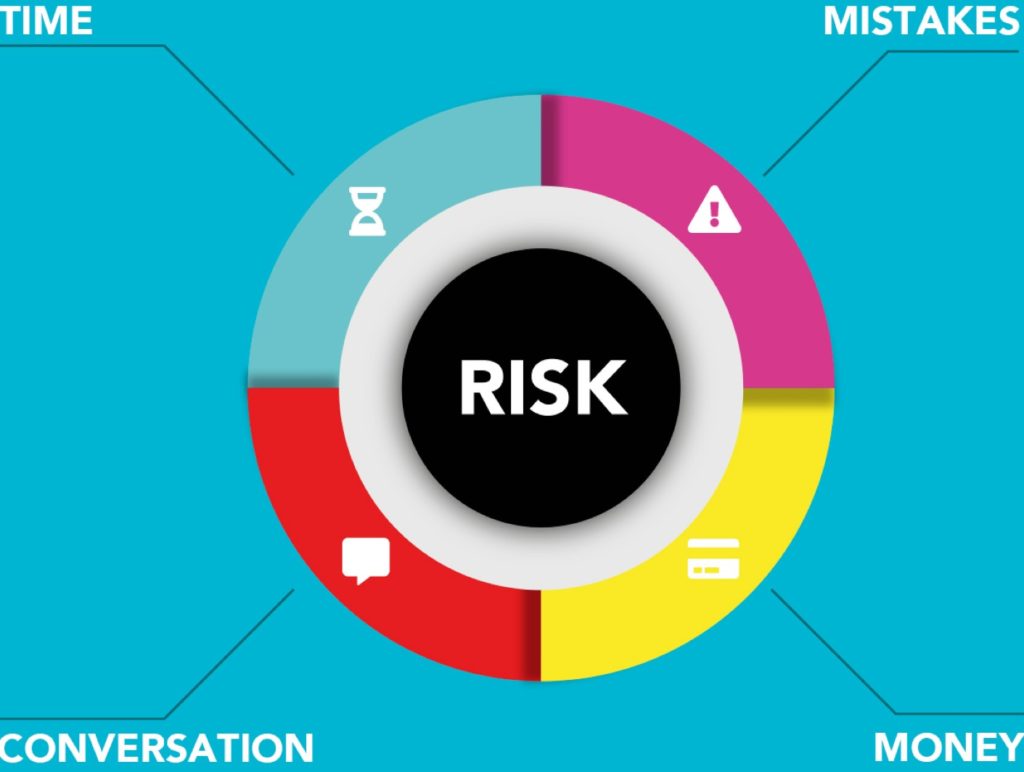Covid 19 impact on risk management has been felt all over the world. The pandemic bought onto the world landscape unprecedented issues that caught all countries and every aspect of their operations off guard. I say issues because once a risk materializes, it is an issue that has to be addressed. A risk is an uncertain event or condition that, if it occurs, has a positive or negative effect on a project’s objectives. My blog post entitled; The Importance of Risk Management will provide more information on risk and its importance.
Covid-19 changed the way we look at our supply chains, our health and safety processes, our strategic planning processes and certainly our operational processes inclusive of our model of operations. It has also forced us to reexamine our disaster preparedness planning and internal communication systems, all from the point of view also of the changing impact on risk management strategies, methods of operations and cost.
Diligent.com in an article entitled How Covid-19 Changed Risk Management and Strategic Planning noted that “unprecedented side effects of the pandemic have forced directors to focus on how risk management and strategic planning are evolving in a world that changes pace at the blink of an eye.” It discusses new elements of operational risk, supply chain issues, cyber risk and public health concerns.
So how has covid -19 changed how we look at risk management. For many the risk profiles have changed. Things that were not considered high risk are now on the table. Deloitte in an article on Keeping Focus on A Changing Risk Culture Through Covid-19 discussed the impacts of covid 19 and the need to rapidly assess which risks are rising in importance, the likelihood of them becoming significant issues, and their potential ramifications.”
Strategic planning used to be five to ten-year plans. Today’s rapidly changing environment requires that at the end of each year we do roll over planning and evaluation. This is done to determine not only what has been achieved, their benefits and issues arising, but whether the plans are still relevant given the ever-changing environment. Should we continue in the same direction or is there any pivoting or right around turns that need to be made. Similarly, Covid 19 caused us to revisit our risk management processes and like all of project management, we require agility in risk management. Now more than ever companies have to do continuous SWOT analysis focusing to a great extent on opportunities and threats.
HLB MANN JUDD in an article entitled Post Covid-19 Enterprise Risk Management (ERM) felt that traditional risk management ignored issues of velocity and connected risks. He notes that “Going forward, the four dimensions of risk should be considered – likelihood, impact, velocity and connectivity – to assess the contagion effect.” He saw the ERM programs having to shift from being process and compliance driven to increased focus on people and technology.
Covid-19 raised the cost of risk management operations of many companies that now have to focus on new risks including cyber risks caused as a result of the pandemic. They had to deal with employees working from home and the added risks associated therewith. They also had to deal with a failing supply chain and the need to bring on board new supplies as a matter of urgency. Daily they have to determine whether the steps they are taking are in line with their risk appetite i.e. whether they are in keeping with the amount of risk the organization is willing to take in pursuit of objectives. This, in an environment in which even objectives that many started off with, keep changing.
THE BLOG – PWC article entitled Operational Risk Management: What A Tiny Virus Has Taught Us. gave learnings that are worthy of noting.

